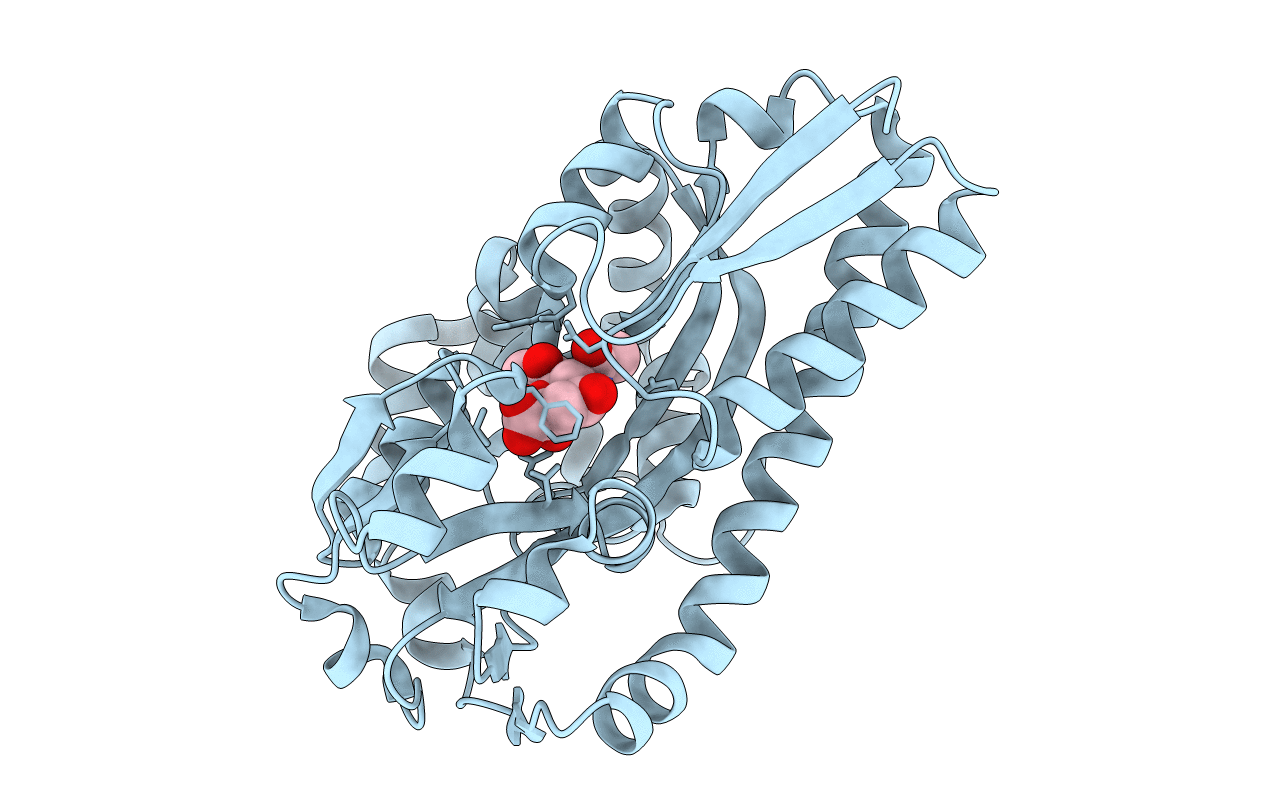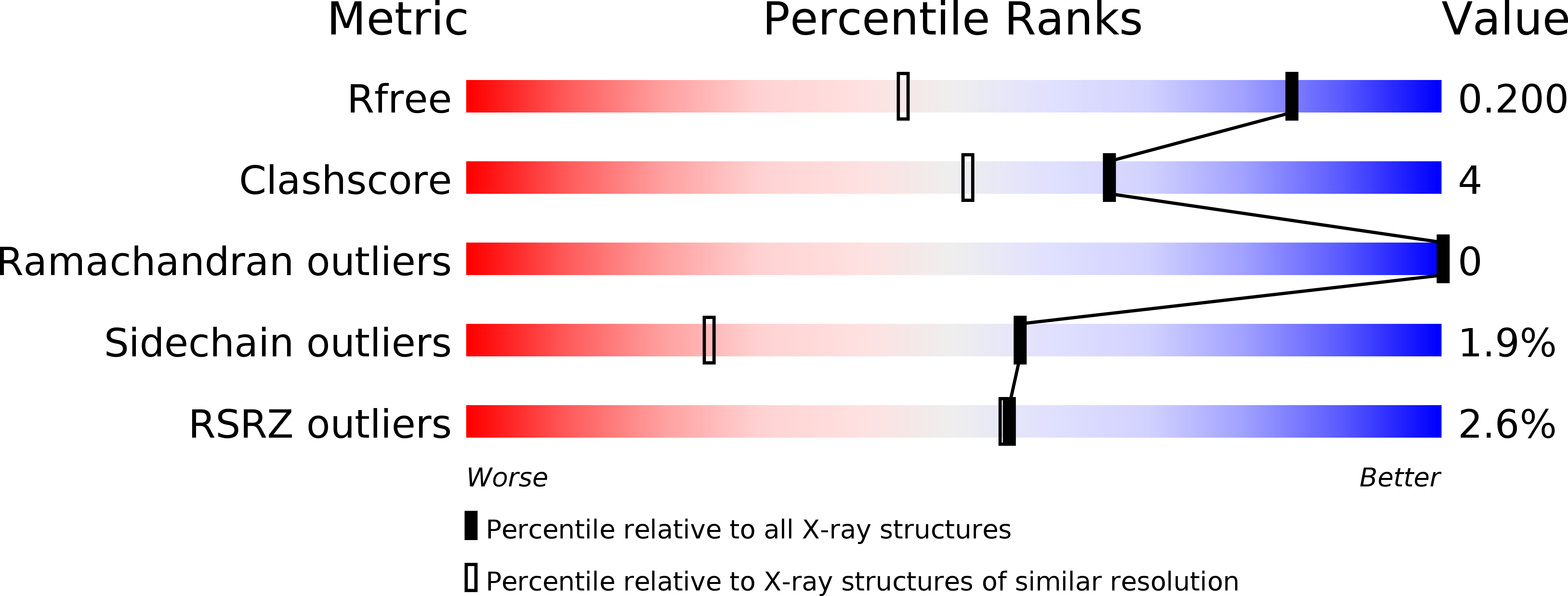
Deposition Date
2007-10-25
Release Date
2007-11-13
Last Version Date
2024-02-21
Entry Detail
PDB ID:
3B50
Keywords:
Title:
Structure of H. influenzae sialic acid binding protein bound to Neu5Ac.
Biological Source:
Source Organism:
Haemophilus influenzae (Taxon ID: 727)
Host Organism:
Method Details:
Experimental Method:
Resolution:
1.40 Å
R-Value Free:
0.20
R-Value Work:
0.16
R-Value Observed:
0.16
Space Group:
P 21 21 21


